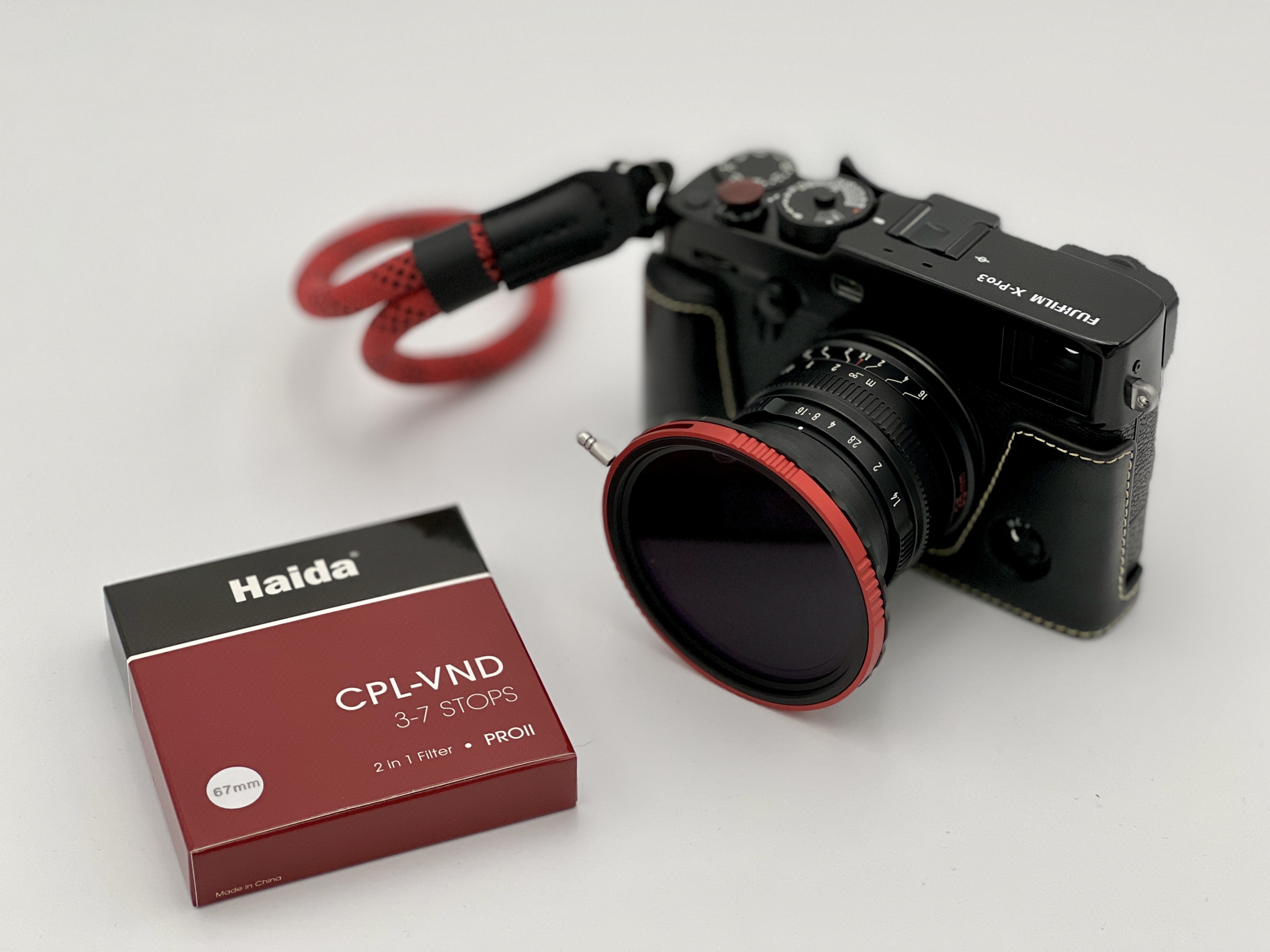
I have tested the NEW Haida CPL-VND Filter on a 7Artisans 35mm f1.4 APSC lens and Fujifilm X-PRO3 Black body. To do this test I took a walk at the river Rhine in Düsseldorf. The river Rhine is used by transport as well tourists boats to get from the Netherlands up to Rhine-falls in Schaffhausen in Switzerland. As this river is fast floating and used by boats, there are a lot of waves that together with the transported mood from fast floating makes it impossible to see any ground.
This scenario has been to me a perfect test for the capabilities of the NEW Haida CPL-VND Filter. Will I be able to see any ground using this 2 in 1 Filter solution.
Just a CPL (Circular Polarization Lens) is used to reduce reflections on surfaces and to improve contrast in images. A classical ND (Neutral Density) Filter is used to reduce the amount of light that enters the lens without changing any IQ. Such a filter is used if you want to shoot still wide open f1.4 but with reduced shutter speed to create unsharpened details like to produce ice effect on floating water or in this use case to smoothen the small waves on the river Rhine to improve, the still muddy, view to the ground of the river. The reduction of reflections by the CPL gets even then even improved by the VND.
I first shot an images with no filter. After that I mounted the filter with size 67ø to my lens with 49ø using some step up adapters. A great method to use such an innovative filter on many different lenses with different lens diameters. I used for my tests a very light weight carbon tripod as with the highest VND setting with a reduction by 7 Stops I had a imaging speed of 2 seconds which is impossible to hold with the hand even if you use a camera with IBIS as the Fujifilm X-T4. If I hold my breath, I can hold my Fujifilm X-PRO3 with a 35mm lens steady up to a shutter speed of 1/15s.
After setting up my equipment with the filter I first adjusted the optimal CPL position by turning the filter till the image had the best contrast and reduction of reflections. Than I shoot images with the different reductions of shots which can be easily adjusted with a lever on the filter. Just make sure that your chosen CPL position does not change.
In the galleries below you can see the comparison of the no filtered image compared the filtered image with different stop settings. I started showing the highest correction value to begin with the biggest image result difference between no filter and filter.
No filter used on the left and the CPL-VND 7 Stops on the right.

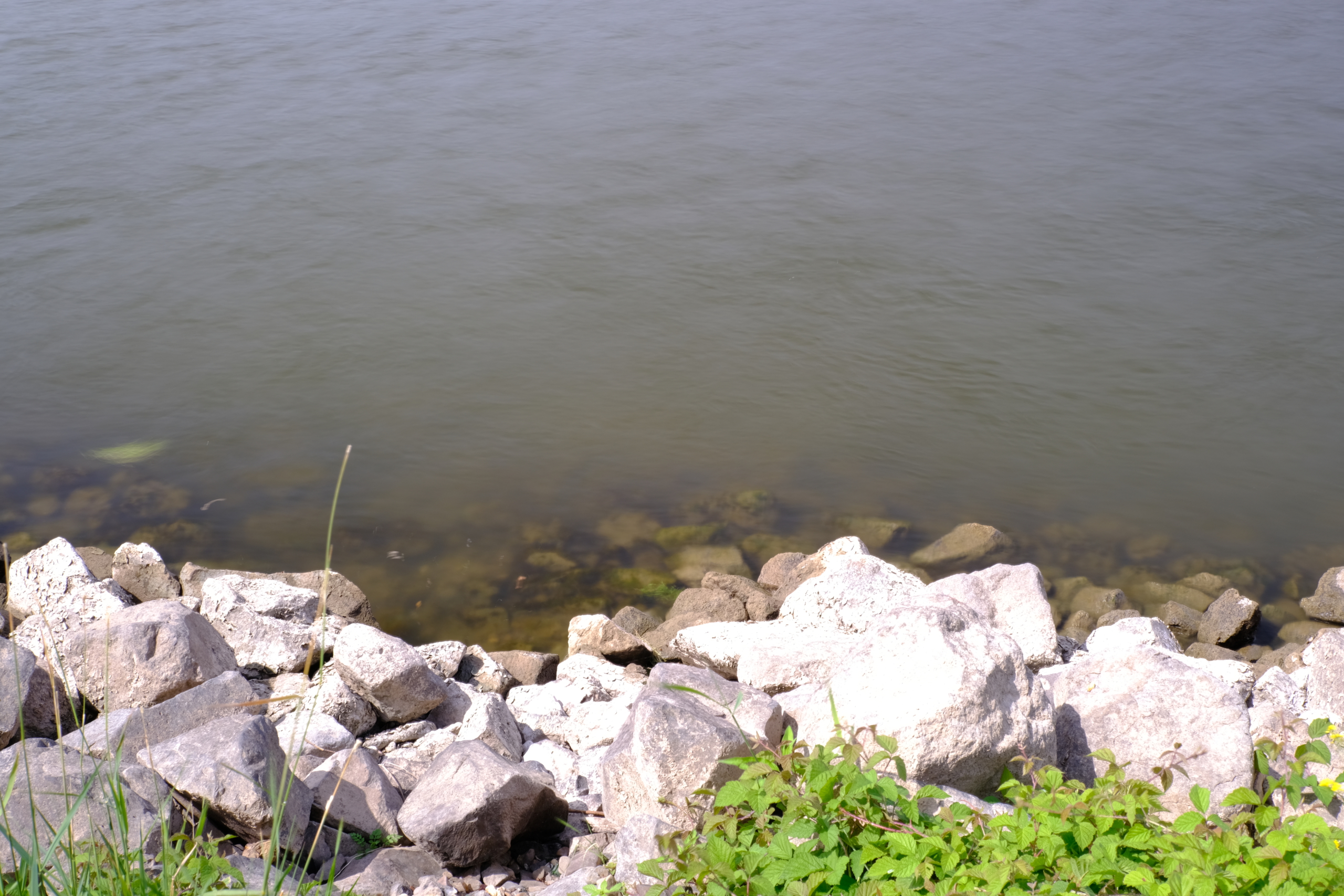
No filter used on the left and the CPL-VND 6 Stops on the right.

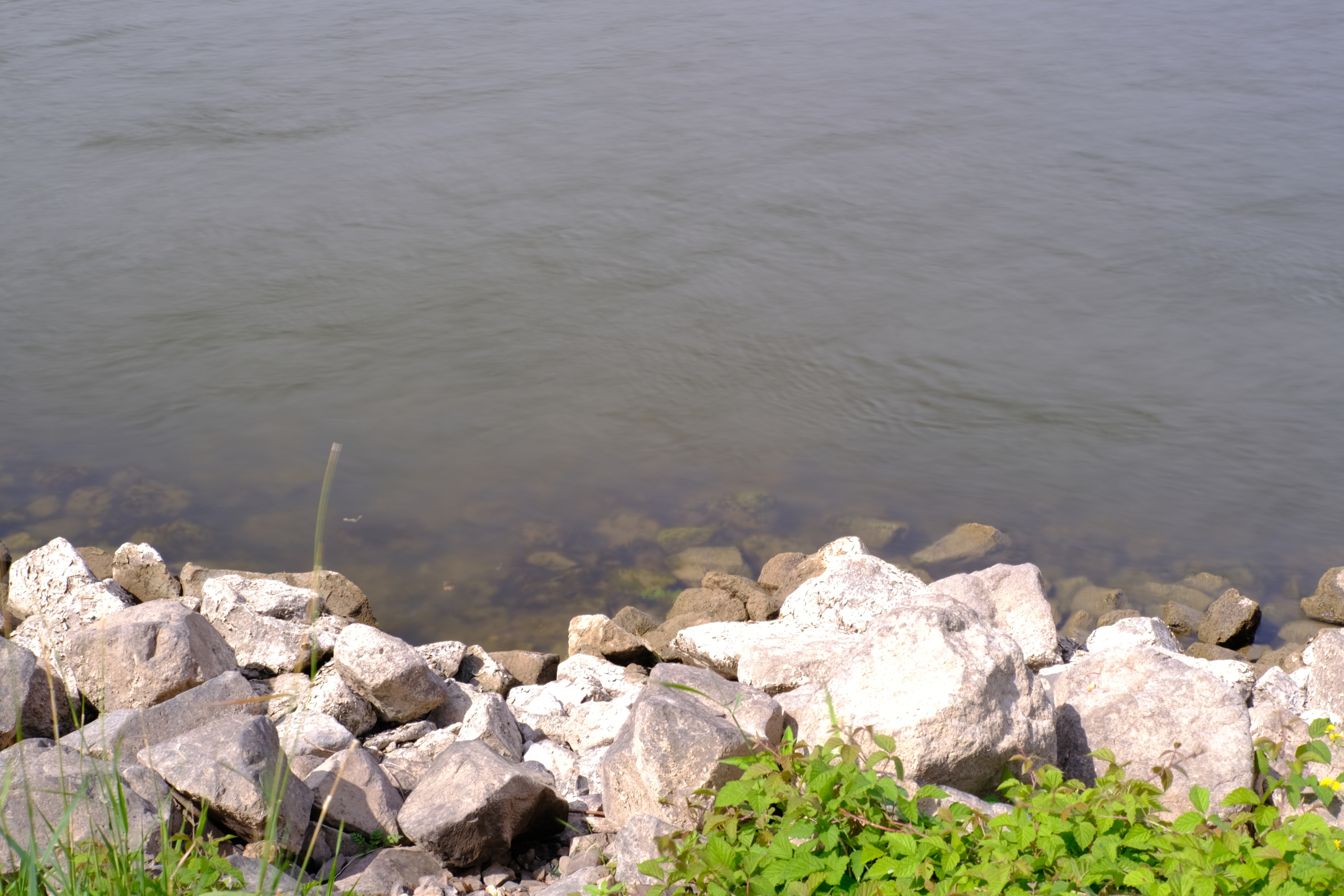
No filter used on the left and the CPL-VND 5 Stops on the right.

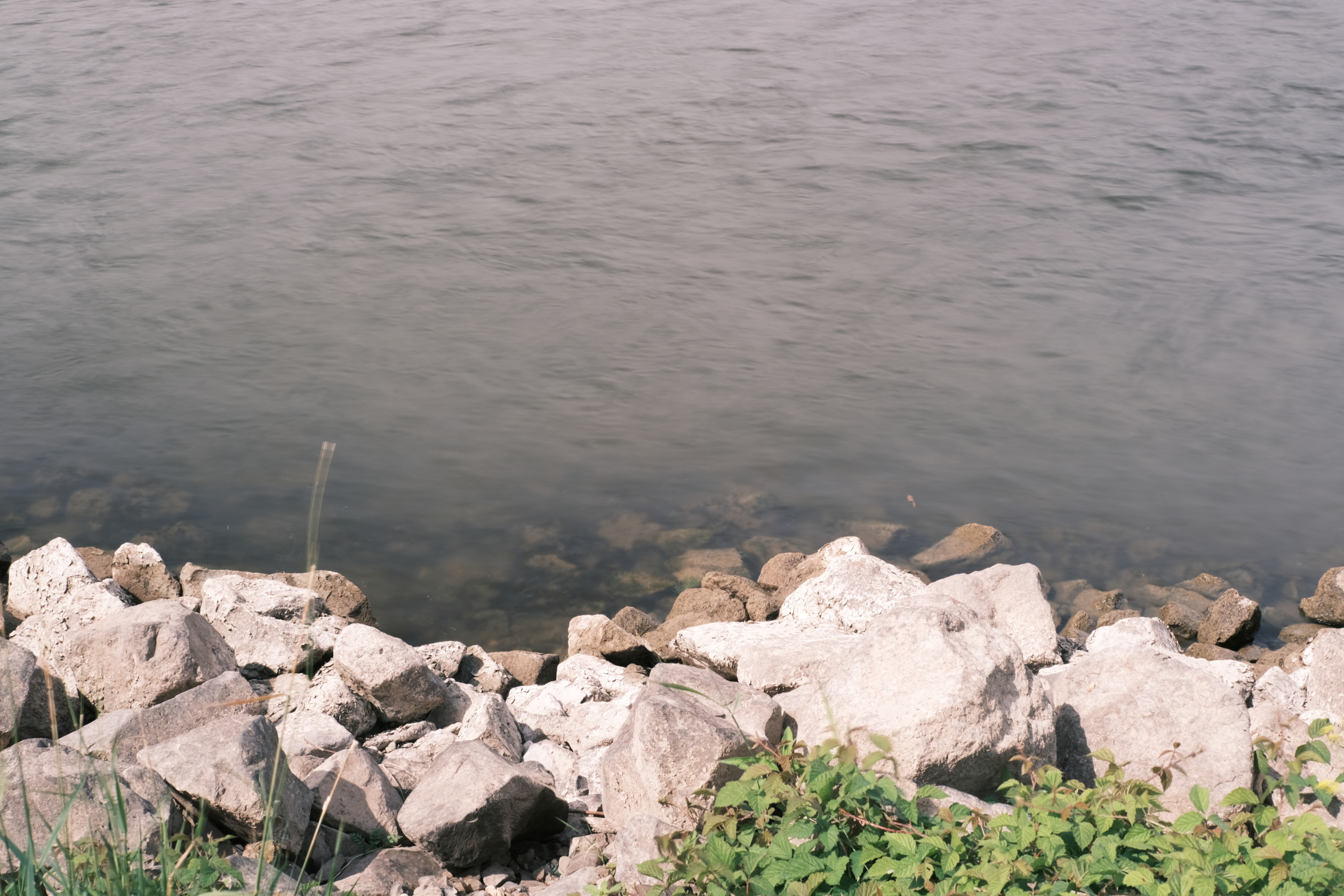
No filter used on the left and the CPL-VND 4 Stops on the right.


No filter used on the left and the CPL-VND 3 Stops on the right.

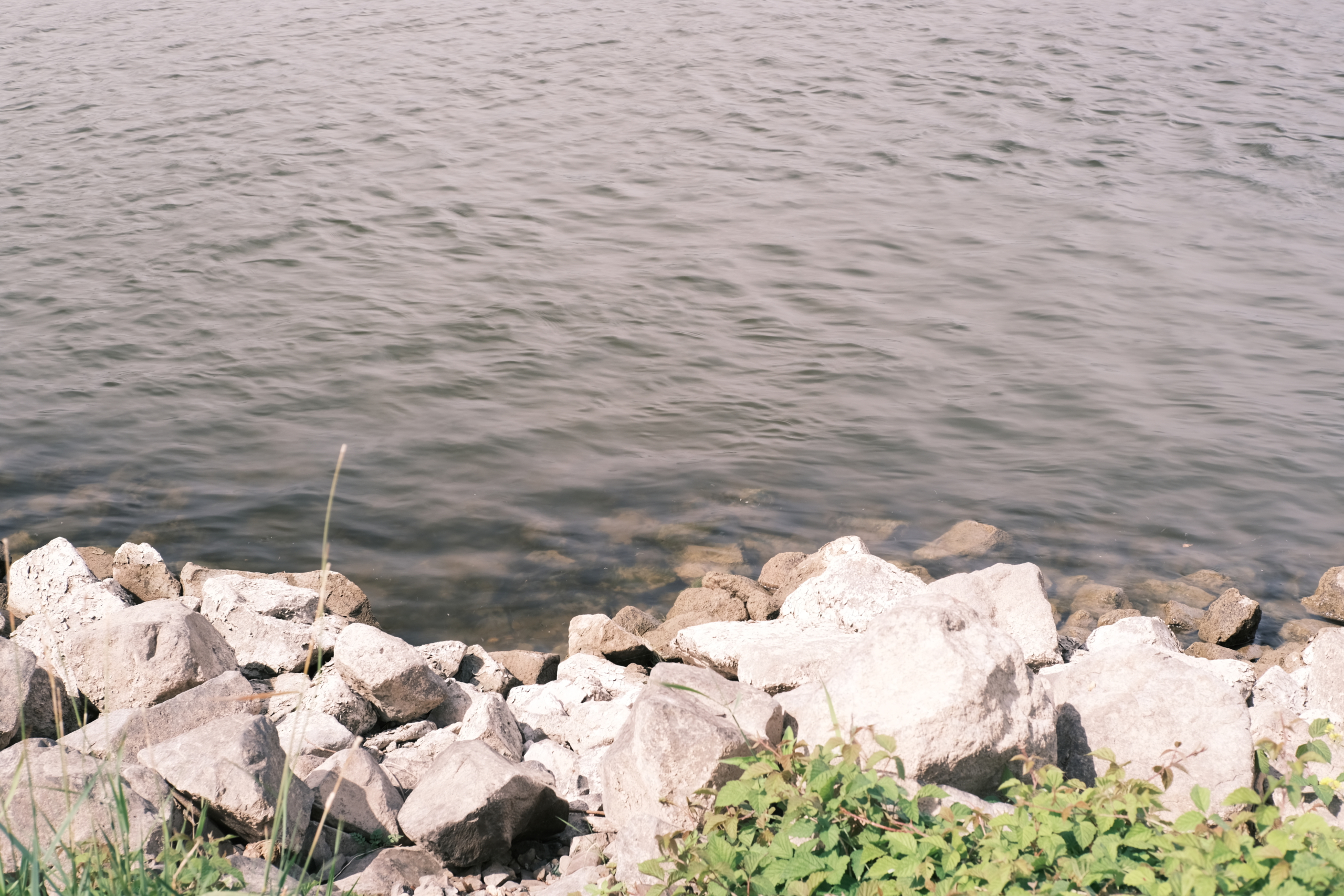
Honestly I am surprised by the results. I did not expect that the combination of a Circular Polarization and Variable Neutral Density filter would give such an interesting result. I will soon go to a still clear lake to see how much there I can see with this wonderful new filter from the ground.
Dear Haida team, thanks a lot for developing and producing such an innovative filter. A filter I believe every enthusiast nature, landscape and detail photographer should have in his photo bag.